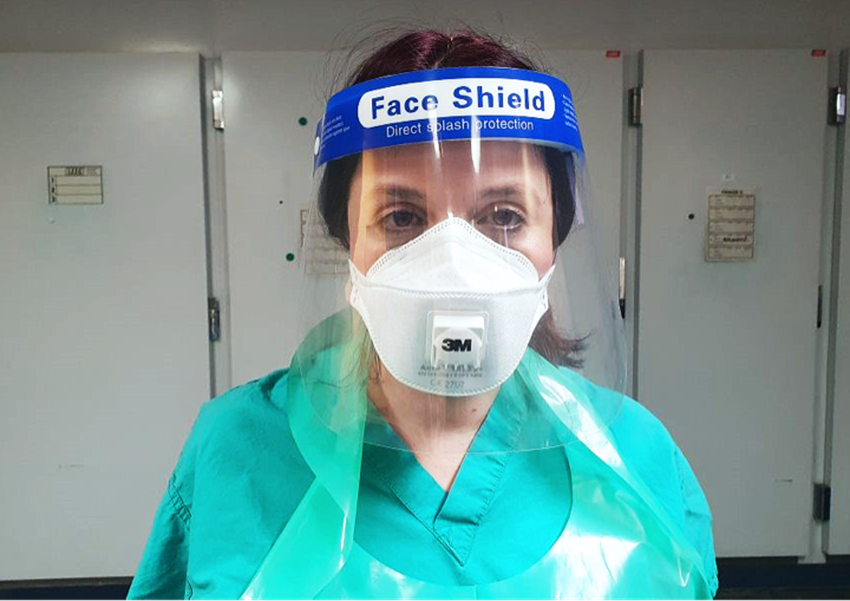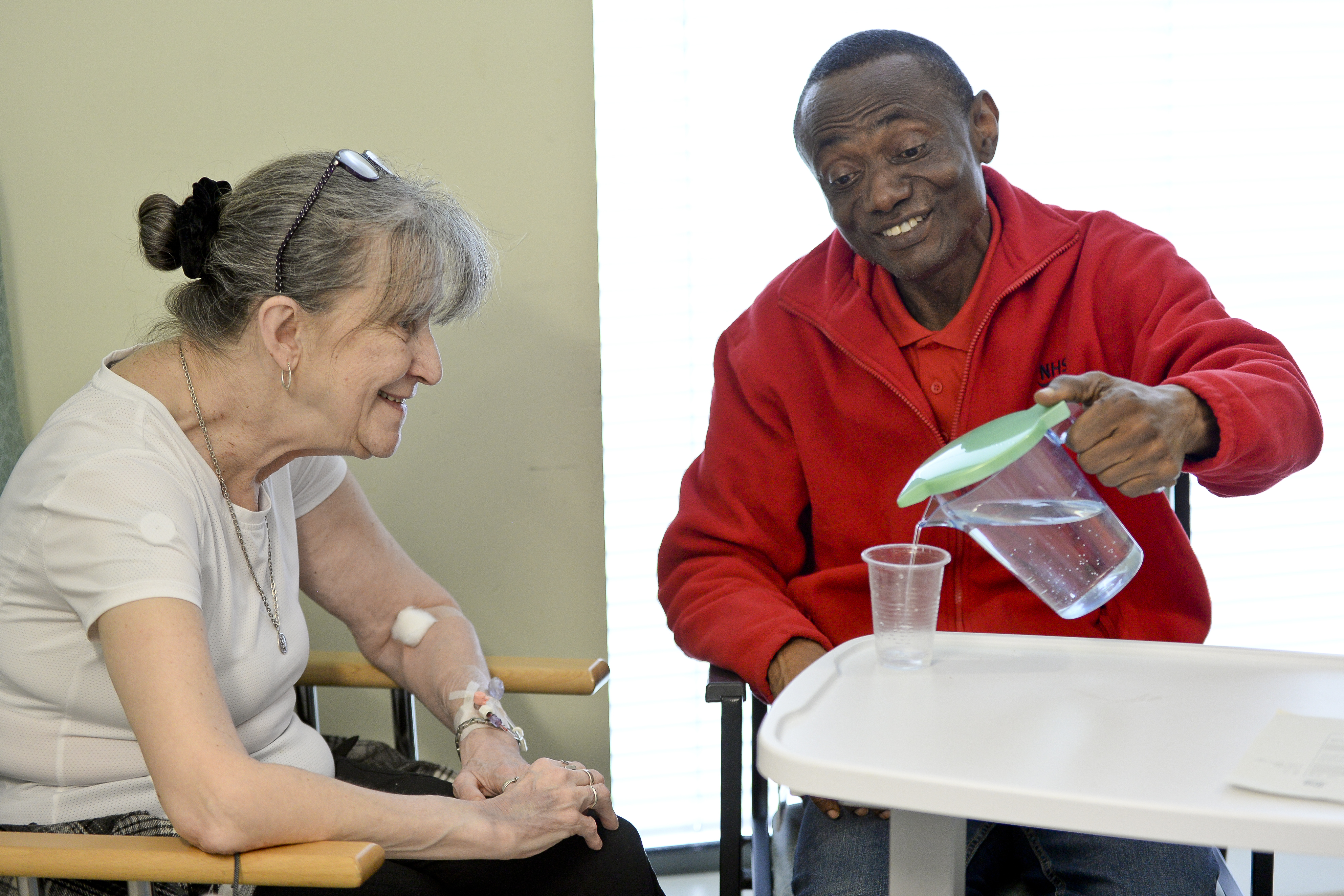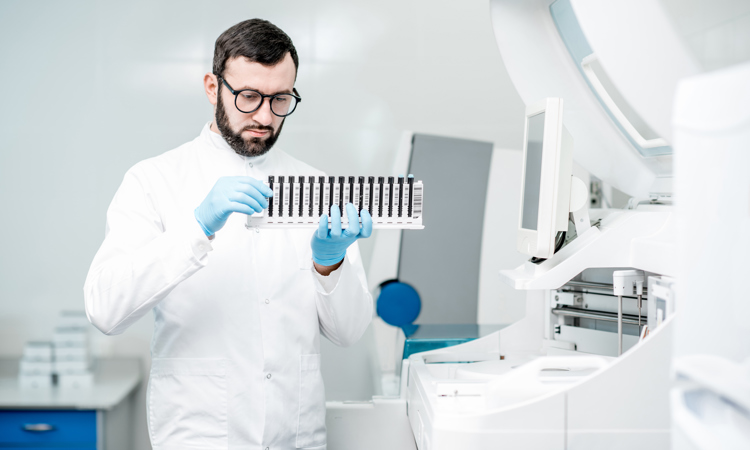Previous
Healthcare science
To become an anatomical pathology technologist in the NHS, you should apply for training opportunities on our recruitment website.
Anatomical pathology technologists work in hospital mortuaries assisting pathologists with post-mortems. The purpose of a post-mortem is to examine a body to determine the cause of death.

To apply for a trainee anatomical pathology technologist job, useful subjects include:
Speak to your guidance teacher or careers adviser about subjects offered at your school.

You may find it helpful to get some healthcare experience by doing a work placement or volunteering. You’ll get training, increase your knowledge, and learn new skills. This could help you when applying to college or a new job with NHSScotland.
As a trainee anatomical pathology technologist, you’ll complete a Level 3 Diploma in Healthcare Science (Anatomical Pathology Technology). It is equivalent to SCQF level 6. You’ll also learn the skills and knowledge you need to:
This is a distance-learning course accredited by the Royal Society for Public Health.
The Academy for Healthcare Science (AHCS) maintains voluntary registers for healthcare science professions not covered by statutory registration and regulation. These registers are accredited by the Professional Standards Authority for Health and Social Care (PSA).
Once you complete your training, you can join the Academy for Healthcare Science Practitioner Register.
As an anatomical pathology technologist, you’ll make sure mortuary and post-mortem services run smoothly.
Tasks include:
You'll need these skills:
You’ll also be expected to have good knowledge of:
Anatomical pathlogy technologists work with:
You'll spend most of your time in the mortuary suite. In this job, you’ll need to wear protective clothing, such as:
During your career, you’ll be expected to keep your skills and knowledge up to date through Continuing Professional Development (CPD). The Association of Anatomical Pathology Technology (AAPT) provides:
Visit the AAPT website for more about training and CPD courses.
You can progress your career by taking additional qualifications. The Level 4 Diploma in Anatomical Pathology Technology is for associate anatomical pathology technologists. It provides training in advanced practices, mortuary procedures, and managerial skills.
With additional qualifications and experience, you could progress into a senior role. You’ll have added responsibilities, such as mentoring trainees and managing mortuary staff.
When you become a qualified anatomical pathology technologist, you can also join these professional bodies:

Discover the range of healthcare science careers you can choose in the NHS.
Healthcare science
Our blog includes how-to guides, case studies, and career resources.
Discover more